We are 200 editions old!
Shaghayegh Hanson
You may have noticed this is the 200th issue of Peyk. I know we celebrated our 30th anniversary just last year (Peyk #195), but there’s something about a nice, rounded figure in the hundreds that deserves a mention.
Think of 30 years as the forest and 200 as the trees. Then think of what goes into choosing the type of each tree, where to plant it, and how to take care of it: measuring the space it will fill, checking the soil, determining its exposure to the elements, and pruning and watering it so that it will long outlive us and leave a lasting legacy for future generations. In a similar way, every edition of Peyk has been designed to fill a void in our community, by covering events and issues that touch upon our lives and connect us to each other and to society at large. Each “Peyk tree,” thus planted, documents the story of our community and is part of the legacy we leave behind.
I became a contributing writer for Peyk in 2007. At that time, my daughter was five years old and my son was almost three. I wrote what I knew then, that is, the trials and tribulations of motherhood. Over several years, I talked about the merits (or not) of being a “Tiger Mom,” the impact of having children on my career, and the politics of being a soccer mom (think “Game of Thrones,” SoCal version). I wrote about the ridiculousness of the cap-and-gown graduation my son had at preschool and my daughter’s tear-jerker-designed 5th grade graduation ceremony. I shared with you the thrill of taking my children back to my smog-covered, Victorian-era elementary school in London, a far cry from their shiny and new schools in San Diego. I discussed the importance of passing my Iranian heritage onto my children and how PCC and ISSD helped create the Iranian village I needed to raise an Iranian child. All the while, I didn’t realize I was helping to plant Peyk trees—unwittingly chronicling some of the major moments in mine and my children’s lives and the important role our community organizations played in them.
And now, here I am, about to become an empty-nester, as my son graduates from high school and prepares to head off to college in the fall. My daughter, too, is graduating from college and will be heading to law school after an internship in Washington, D.C.
In the blink of an eye, one of the most precious chapters of my life has ended. Yes, they may return to their childhood home from time to time to refuel on unconditional love and security, but the days of their gap-toothed, then braces-laden smiles are over, as are the playdates, the sports events, the yelling at them to get up for school, the waiting up late for them to come home. I know many of you can relate to my sentiments.
In the hubbub of those years, I wasn’t always the best diary keeper or photo taker, thinking I would surely remember all the good, bad, and the ugly in vivid technicolor—I was wrong, of course, because memory does fade. We all lead such busy lives, forcing us to focus on the day to day, hardly noticing the speed of time passing. But at some point, all of us, whether personally or collectively as a community, reach a particular destination that earns us a moment of restive contemplation to assess where we are, what we’ve achieved, and where we need to go next. If, in those moments, your memory needs jogging, remember there are 200 Peyk trees at your service. (https://pccsd.org/peyk)


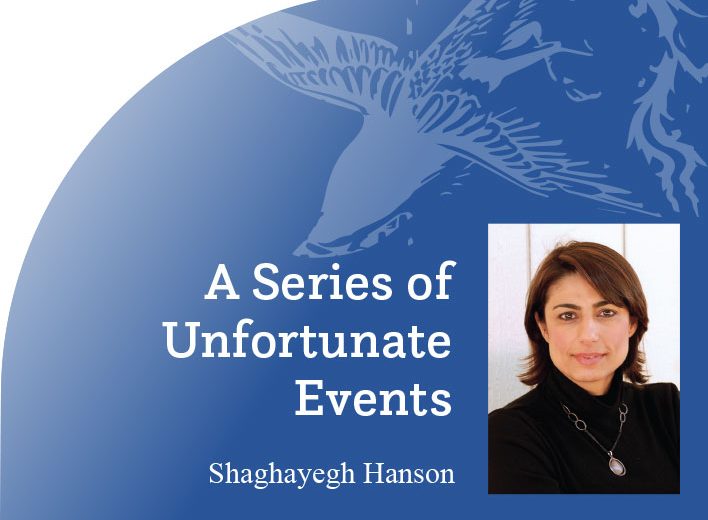
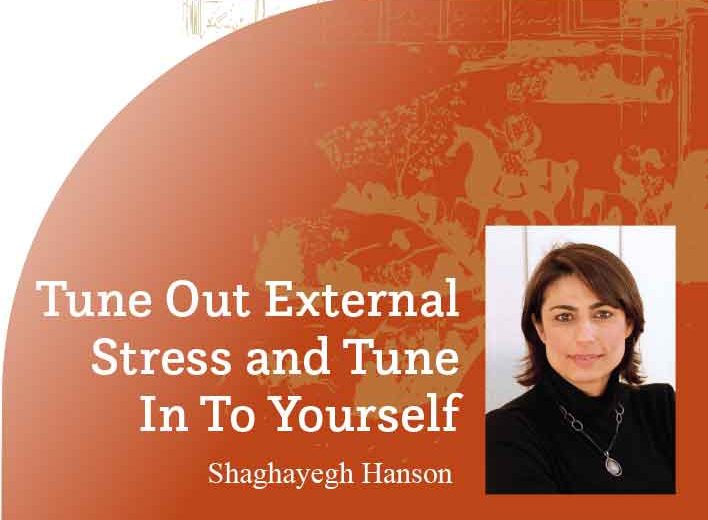

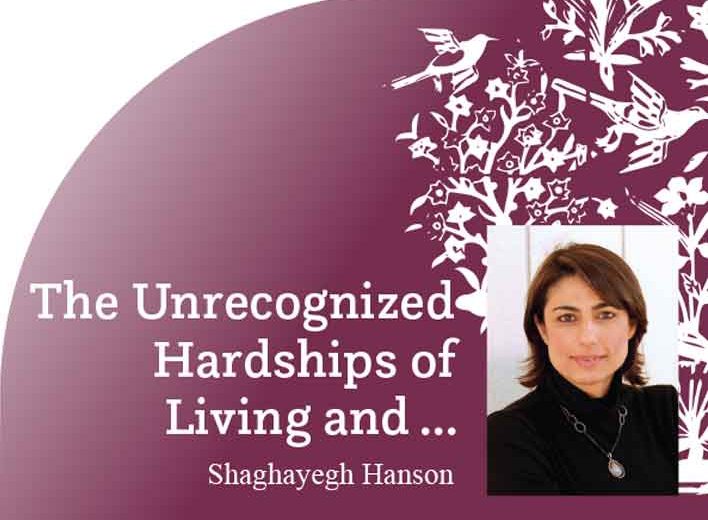

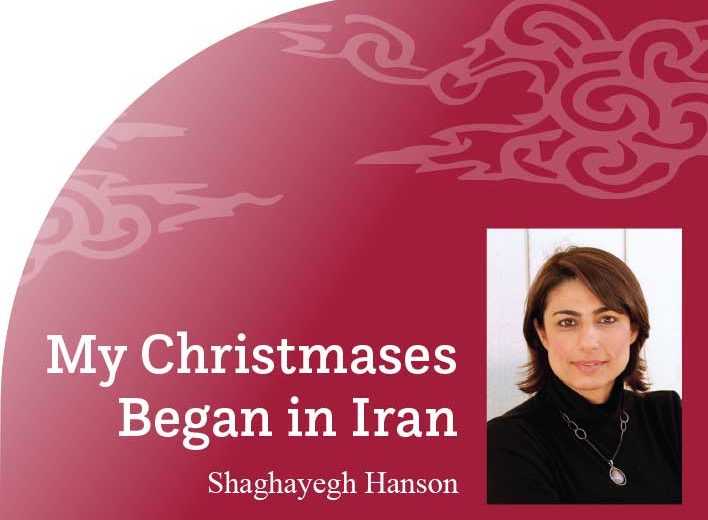
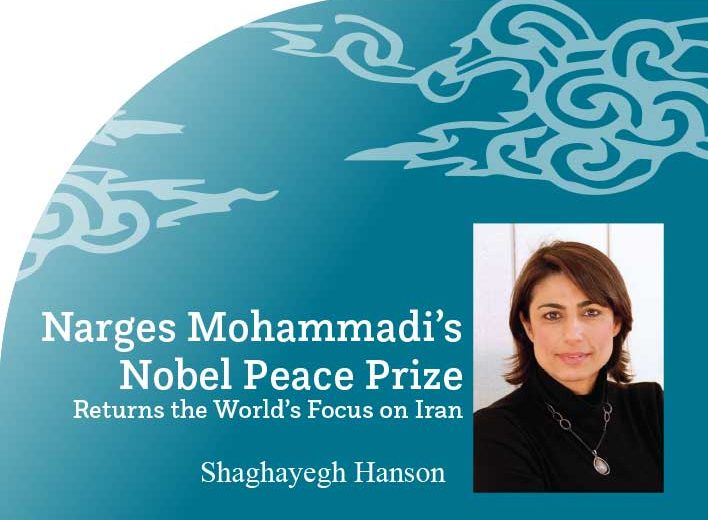
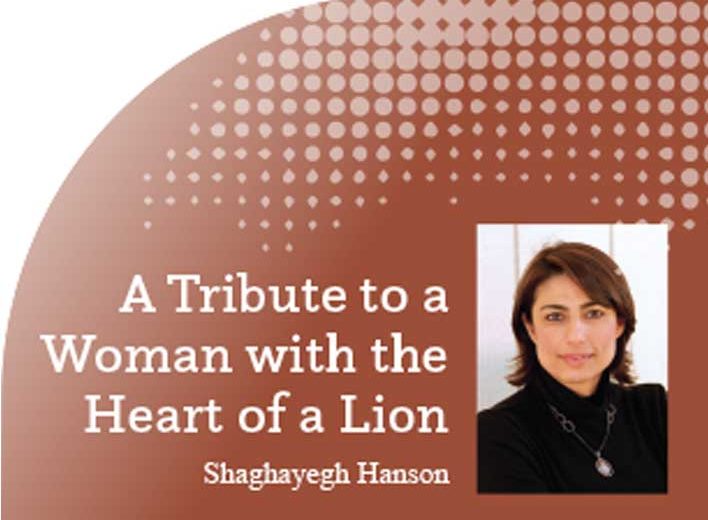

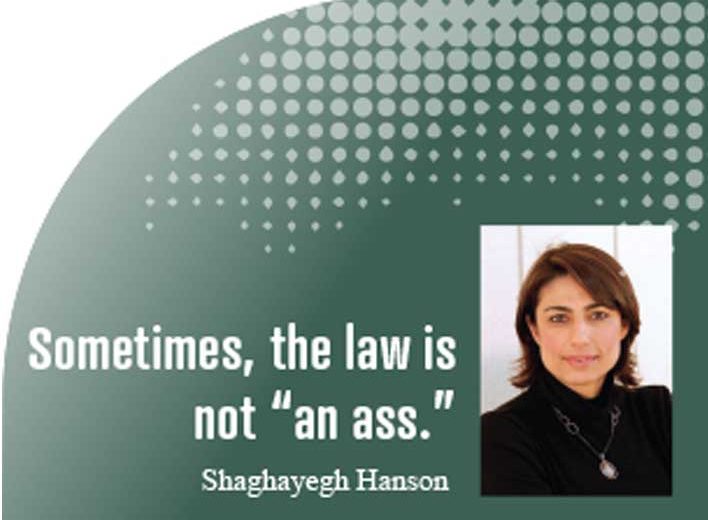







1 Comment
buy-backlinks.rozblog.com January 18, 2023 at 8:17 pm
I needed to thank you for this great read!! I definitely enjoyed every bit of it.
I have you bookmarked to check out new stuff you post…
my site: buy-backlinks.rozblog.com